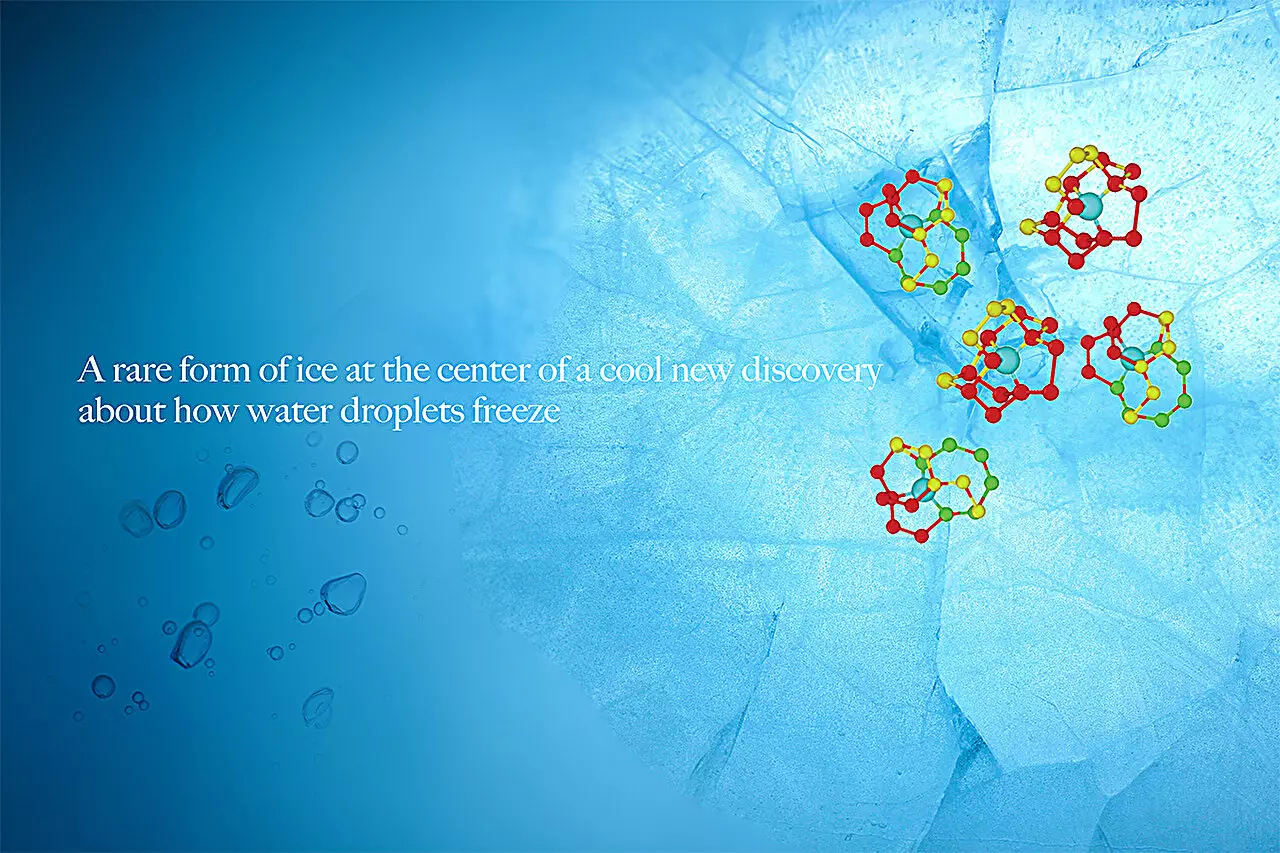Ice is a complex substance with over 20 different varieties, each forming under unique combinations of pressure and temperature. While ice I is the most commonly known form used to chill drinks, researchers have recently discovered a new type of ice known as ice 0.
In a study published in Nature Communications by researchers at the Institute of Industrial Science, The University of Tokyo, it was found that ice 0-like structures can cause a water droplet to freeze near its surface rather than at its core. This discovery challenges previous assumptions about ice nucleation, shedding light on new mechanisms of ice formation.
Traditionally, ice nucleation occurs heterogeneously at a solid surface. However, the research conducted by the team in Japan revealed that ice can also crystallize just below the water’s surface, where it meets the air. The presence of ice 0 precursors with a ring-shaped structure facilitates this unique crystallization process.
Implications of the Study
The lead author of the study, Gang Sun, emphasized that water droplets are more likely to crystallize near the free surface under isothermal conditions. This insight into surface crystallization of water has broader implications in various fields, from climate studies to food sciences.
Senior author Hajime Tanaka highlighted the significance of this research, indicating that a detailed understanding of ice formation can contribute significantly to different areas of study. In meteorology, ice formation via ice 0-like precursors may have a significant impact on cloud formation and climate patterns.
The study’s findings also have implications for technology, including applications in food sciences and air conditioning. By unraveling the complexities of ice formation, researchers are paving the way for advancements in various industries that rely on a thorough understanding of ice behavior.
Ice formation is a fascinating phenomenon that continues to intrigue scientists and researchers worldwide. The discovery of ice 0 and its implications on surface crystallization open new doors for further exploration and research in the field of cryosphysics. Understanding the intricate mechanisms of ice formation not only enhances our knowledge of natural processes but also presents opportunities for innovation and technological advancements in diverse fields.


Leave a Reply